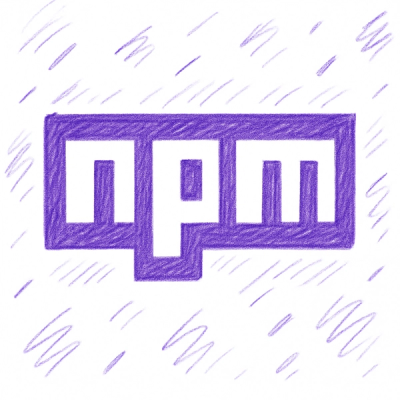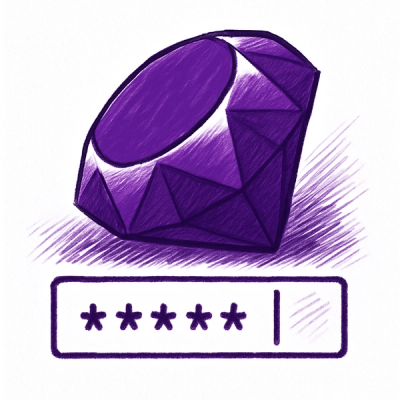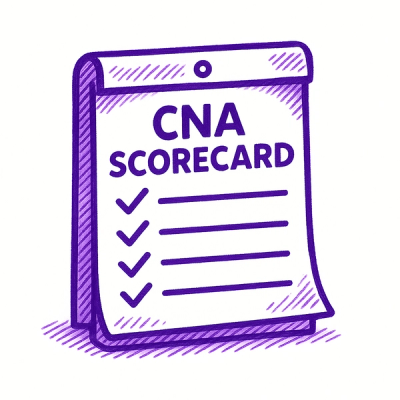
Security News
npm Adopts OIDC for Trusted Publishing in CI/CD Workflows
npm now supports Trusted Publishing with OIDC, enabling secure package publishing directly from CI/CD workflows without relying on long-lived tokens.
This programme extracts the output of a search query from the [Epigraphik-Datenbank Clauss / Slaby (EDCS)](http://www.manfredclauss.de/) in a reproducible manner and saves it as a TSV file. The output can be also plotted to a map of the Roman Empire, along with the system of Roman Provinces, roads, and cities.
The Lat-Epig inteface allows you to query the EDCS and save the search result in a TSV (tab separated value) file and plot the results on a map of the Roman Empire without any prior knowledge of programming.




This programme extracts the output of a search query from the Epigraphik-Datenbank Clauss / Slaby (EDCS) in a reproducible manner and saves it as a TSV file. The output can be also plotted to a map of the Roman Empire, along with the system of Roman Provinces, roads, and cities. More on used datasets in the Data Sources section.
Ballsun-Stanton B., Heřmánková P., Laurence R. Lat Epig (version 2.0). GitHub. URL: https://github.com/mqAncientHistory/Lat-Epig/ DOI: 10.5281/zenodo.5211341
To launch Lat-Epig on myBinder (as Voila application) click on the following icon
No need for powerful computer, as the tool runs on external servers with a single click. This option is ideal if you want to test the tool or do small searches (with up to 1000 results). Searches with more than 1000+ results will still run, however, the interactive map may not be created. For creation of interactive maps based on large searches we recommend to use some of the other options (see below).
The Epigraphik-Datenbank Clauss / Slaby (EDCS) is a digital collection of more than 500,000 Latin inscriptions, created by Prof. Manfred Clauss, Anne Kolb, Wolfgang A. Slaby, Barbara Woitas, and hosted by the Universitat Zurich and Katolische Universitat Eichstat-Ingoldstadt.
Ancient World Mapping Centre, political shading shapefiles, following the Barington Atlas of Greek Roman World, [AWMC.UNC.EDU ], under the Creative Commons Attribution-NonCommercial 4.0 International License.
McCormick, M. et al. 2013. "Roman Road Network (version 2008)," DARMC Scholarly Data Series, Data Contribution Series #2013-5. DARMC, Center for Geographic Analysis, Harvard University, Cambridge MA 02138.
Ancient World Mapping Centre, road shapefiles, shapefile for roads, following the Barington Atlas of Greek Roman World, under the Creative Commons Attribution-NonCommercial 4.0 International License. Collection of shapefiles also vailable through the UCD Digital Library
The shapefile of the cities used in the map is based on Hanson, J. W. (2016). Cities Database (OXREP databases). Version 1.0. Accessed (date): http://oxrep.classics.ox.ac.uk/databases/cities/. DOI: https://doi.org/10.5287/bodleian:eqapevAn8.
Hanson, J. W. (2016b). An Urban Geography of the Roman World, 100 B.C. to A.D. 300. Oxford: Archaeopress.
When it starts, click the fast-forward button, or choose the Kernel menu and choose Restart & Run All.
This option should be used for testing, smaller searches, or demonstration of the Lat Epig. Large searches may take long and may not render properly (as the memory on the myBinder is limited). If you need to perform large seraches, we recommend using the Docker option.
docker run hello-worldHello from Docker! This message shows that your installation appears to be working correctly.docker run -p 8888:8888 denubis/lat-epig-scraper:mainhttp://localhost:8888/voila/render/EpigraphyScraper.ipynb and you should see the Lat Epig interface.Note: If your computer is low on memory, we recommend using Firefox instead of Chrome. If you have troubles starting Docker, close Chrome, and all non-essential software and try again with Firefox browser.
We recommend using Ubuntu 18.04+. For testing or development purposes mainly.
Run the following code inside a virtualised environment using direnv and pyenv
sudo apt-get update && sudo apt-get install -y --no-install-recommends apt-transport-https apt-utils build-essential ca-certificates curl git libbz2-dev libffi-dev libgeos++-dev liblzma-dev libncurses5-dev libproj-dev libreadline-dev libsqlite3-dev libssl-dev libxml2-dev libxmlsec1-dev make proj-bin proj-data python3-pip wget zlib1g-dev libgeos-dev libxml2-dev libxslt-dev python-dev libc6 libgcc-s1 libgeos-c1v5 libproj15 libstdc++6 libpython3.8-dev python3.8 python3.8-tk
curl -fsSL https://deb.nodesource.com/setup_15.x | bash -
sudo apt-get install -y --no-install-recommends nodejs
pip3 install numpy==1.20.1 cython wheel
pip3 install --no-cache-dir -r requirements.txt
jupyter nbextension enable --py widgetsnbextension --sys-prefix && jupyter labextension install @jupyter-widgets/jupyterlab-manager && jupyter labextension install @voila-dashboards/jupyterlab-preview && jupyter serverextension enable voila --sys-prefix && jupyter contrib nbextension install --sys-prefix && jupyter nbextension enable init_cell/main
jupyter trust EpigraphyScraper.ipynb
jupyter lab EpigraphyScraper.ipynb
Next, rerun all cells of the Jupyter Notebook.
Optional
Running voila --enable_nbextensions=True --VoilaConfiguration.file_whitelist="['.*']" EpigraphyScraper.ipynb may provide a cleaner UI than Jupyter Notebook.
For feedback, or to report bugs, please use the Github Issues.
FAQs
This programme extracts the output of a search query from the [Epigraphik-Datenbank Clauss / Slaby (EDCS)](http://www.manfredclauss.de/) in a reproducible manner and saves it as a TSV file. The output can be also plotted to a map of the Roman Empire, along with the system of Roman Provinces, roads, and cities.
We found that lat-epig demonstrated a healthy version release cadence and project activity because the last version was released less than a year ago. It has 1 open source maintainer collaborating on the project.
Did you know?

Socket for GitHub automatically highlights issues in each pull request and monitors the health of all your open source dependencies. Discover the contents of your packages and block harmful activity before you install or update your dependencies.

Security News
npm now supports Trusted Publishing with OIDC, enabling secure package publishing directly from CI/CD workflows without relying on long-lived tokens.

Research
/Security News
A RubyGems malware campaign used 60 malicious packages posing as automation tools to steal credentials from social media and marketing tool users.

Security News
The CNA Scorecard ranks CVE issuers by data completeness, revealing major gaps in patch info and software identifiers across thousands of vulnerabilities.